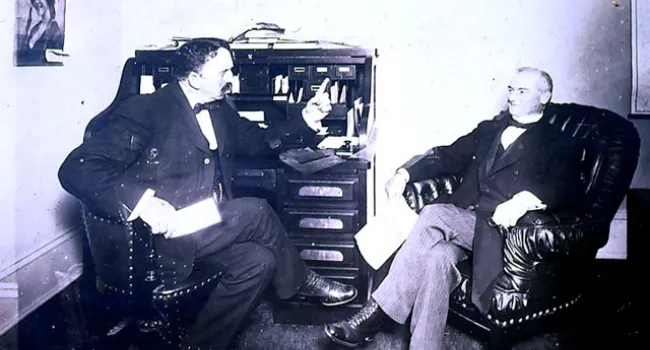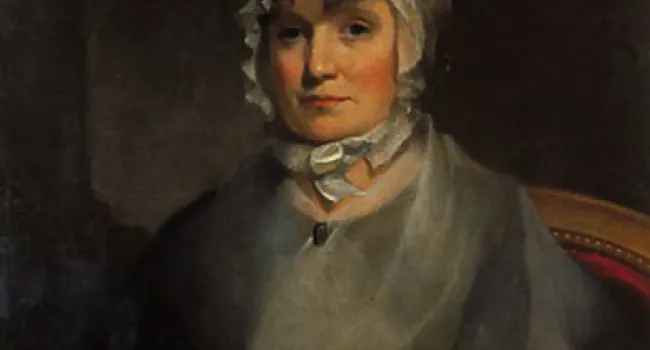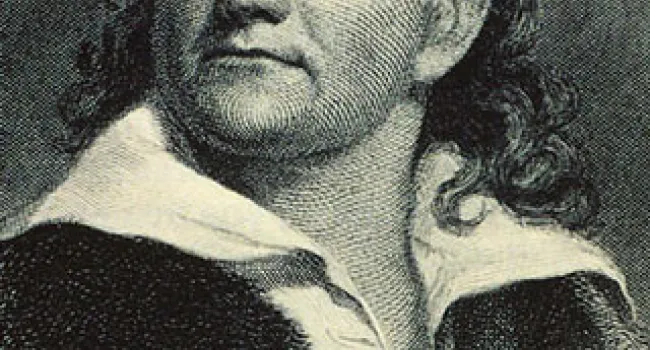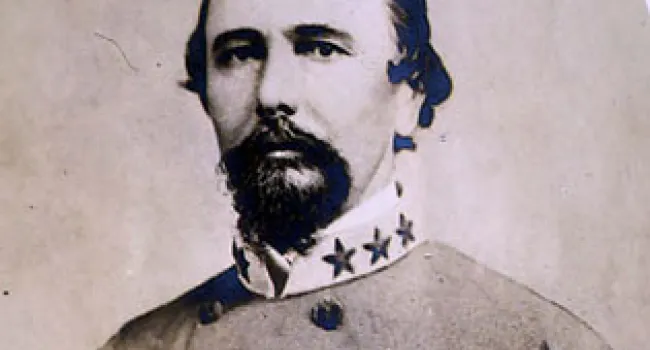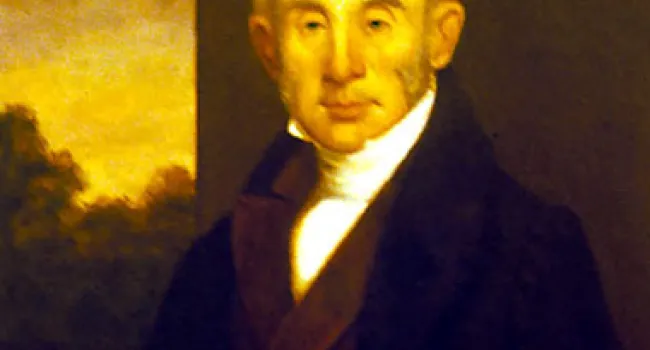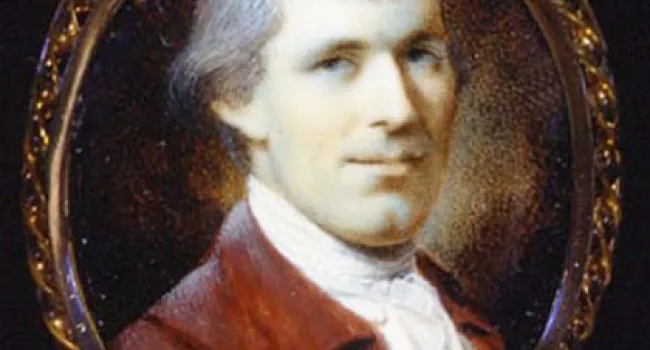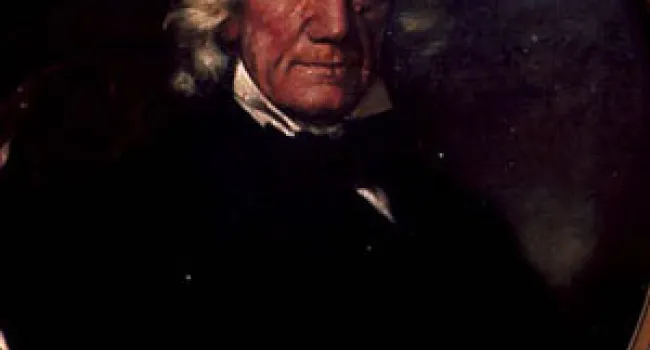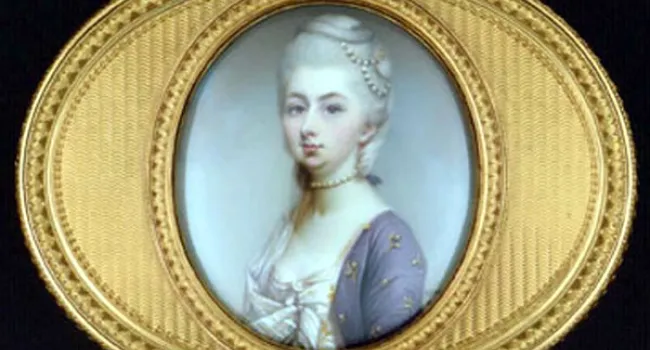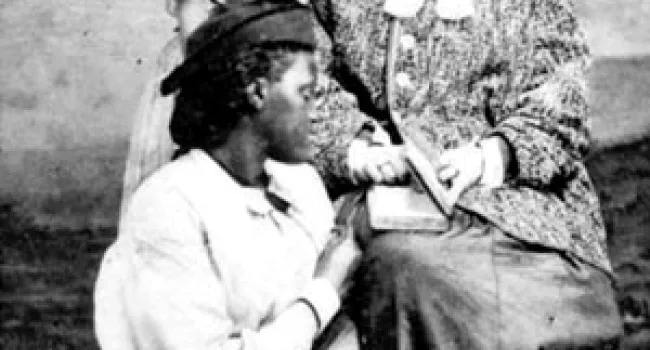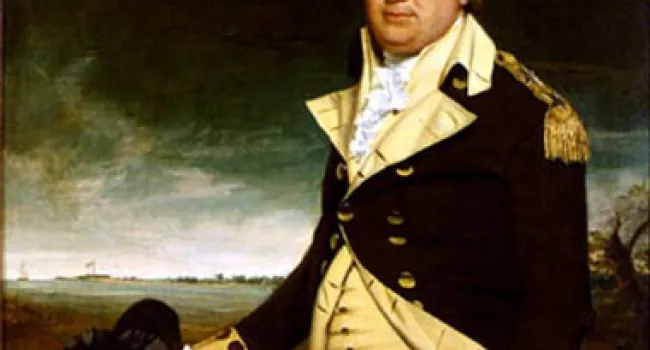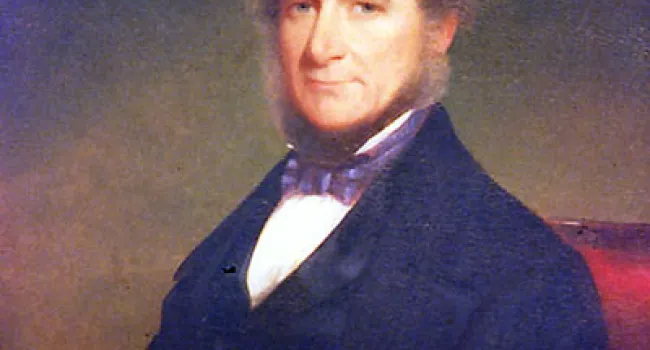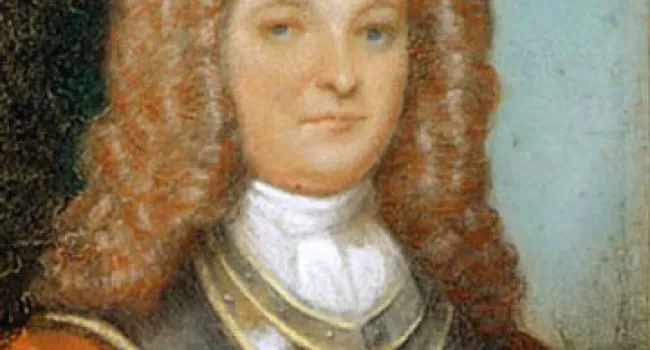
Born in Charleston, the third surviving child of Eliza Lucas and Charles Pinckney, the younger brother of Charles Cotesworth Pinckney (see Charles Cotesworth Pinckney, In His 6th Year, and Charles Cotesworth Pinckney), Thomas Pinckney (1750-1828) accompanied his parents to England in 1753 where he was educated at the Westminster School and Christ Church College. He also attended the French Military Academy in Caen, France. After studying law at the Inner Temple in London, Pinckney was admitted to the bar and began a law practice in Charleston in 1774. When the Revolutionary War began, Pinckney was a member of the state Commons House. He became an aide to Count d'Estaing at the siege of Savannah, and served as an aide to General Gates during the Battle of Camden, in which he was wounded, captured, and held prisoner in Philadelphia for a year. After the war, he returned to his law practice in Charleston and in 1787 was elected to the first of two one-year terms as governor of South Carolina. During his administration, the State House was destroyed by fire. As governor, he led the struggle in the state for ratification of the proposed Federal Constitution. Pinckney was appointed United States Minister to Great Britain by President Washington in 1782. He served until his appointment as Special Commissioner and Envoy Extraordinary to Spain in 1795. In this capacity, he negotiated the treaty of San Lorenzo, or Pinckney's Treaty, which assured free navigation of the Mississippi River and defined the boundary between Spanish Florida and the United States. After returning home in 1796, Pinckney ran unsuccessfully that year as the Federalist party's candidate for Vice President. He was elected to the United States House of Representatives in 1797 and served until his retirement in 1801. Pinckney came out of retirement to serve as a Major General in the United States Army during the War of 1812. Although he saw no active fighting, he did play a vital role in the peace negotiations which ended the Creek War in 1814. Pinckney died in Charleston in 1828.
Courtesy of the South Caroliniana Library.

